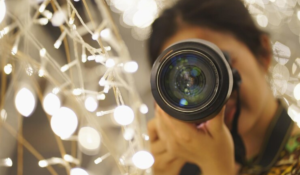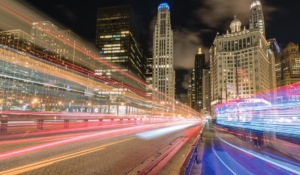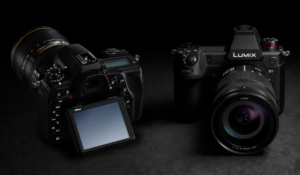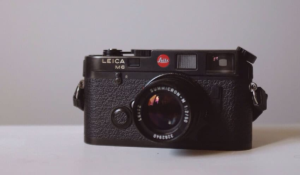How to Use Bulb Mode on a Camera for Long Exposure Photos

The introduction:
Long exposures can be captured in bulb mode photography, resulting in mesmerizing images that express motion, light, and time in unique ways. Bulb mode’s full creative potential can only be unlocked by understanding how to utilize it effectively. We’ll explore bulb mode’s origin, how to access it on different cameras, essential equipment, versatile subject matter, and creative applications in this guide.
The origins of “Bulb” mode are as follows:

As early camera mechanisms used rubber bulbs for shutter releases, the term “bulb” mode originated. By manually opening and closing the shutter, photographers could extend exposures indefinitely. Bulb mode became synonymous with long exposure photography as it offered photographers the ability to capture scenes with lengthy exposures.
The following steps will guide you through accessing Bulb Mode:
Modern cameras may allow access to bulb mode differently depending on the model. Others integrate bulb mode into manual (M) mode, typically one increment below the slowest timed shutter speed. Some cameras have dedicated bulb modes marked “B” on the mode dial, while others do not. To locate and activate bulb mode effectively, familiarize yourself with your camera’s settings and consult the user manual.
The following equipment is essential:

Long exposure photos, taken in bulb mode, require certain equipment. In order to minimize camera shake during long exposures, a sturdy tripod is essential. Photographers can trigger shutters without physically touching the camera with accessories such as remote shutter releases or intervalometers, ensuring sharper images.
Subject matter versatility:
In bulb mode, a wide range of subjects can be captured, particularly those whose durations are unpredictable. With bulb mode, you are able to control the duration of the exposure and create stunning visual narratives when you are photographing fireworks, lightning strikes, and light trails. Different subjects and lighting conditions can unlock endless creative possibilities.
Photography of light trails:

Using bulb mode for capturing light trails is a popular application. With bulb mode, photographers can control exposure duration regardless of traffic conditions, whether from moving vehicles, cyclists, or other sources of light. It is worthwhile to experiment with shutter speeds and compositions to produce striking images.
A light painting is:
Photographers can create intricate light paintings by using bulb mode, which creates unique patterns and lighting effects. Light sources, such as flashlights or glow sticks, can be used to “paint” directly onto scenes by extending exposure times. Light painting opens up endless creative possibilities by experimenting with different light sources and movements.
Applications of astronomy:
Star trail photography requires Bulb mode, which is indispensable for various astrophotography techniques. Photographers can create stunning celestial images by capturing the rotation of the Earth over extended exposure times. In advanced astrophotography applications, bulb mode is used along with star trackers to minimize star trails and maximize exposure time, resulting in stunning images of the night sky.
Long exposures during the day:

A bulb mode can be effective for long exposures even during the daytime, although it is often associated with night photography. In daytime bulb mode photography, neutral density (ND) filters allow photographers to reduce the amount of light entering the camera lens and capture motion blur or eliminate crowds through extended exposures.
Creativity Unlocked:
Photographers can capture fleeting moments and create stunning narratives using bulb mode when they understand and harness its capabilities. You can explore the night sky, create intricate light paintings, or experiment with light trails in bulb mode.
To conclude, mastering bulb mode on your camera opens up a world of creative possibilities. In order to capture captivating images that tell compelling visual stories, photographers need to understand its origins, access it effectively, and experiment with different techniques and subjects.



